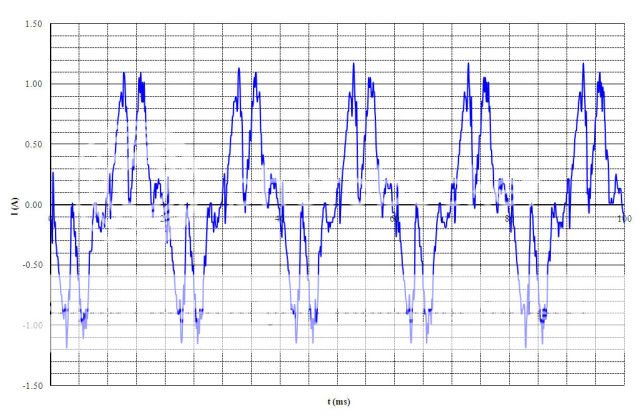First, I agree with all the remarks and arguments everyone has written so far. However, I have installed one in our home (a Vphase unit). Why?
My wife has a number of medical equipment which run permanently bu are actually only doing any medical function for much less of the time; I cannot put a figure on it but examples are her medical fridge which has a fan inside it which constantly circulates the air inside, an air bed which has a compressor running all the time even when the bed is made, various adapters for syringe pumps. There are also the usual number of mains powered equipment with a transformer inside eg: we have emergency lighting units and the TV/Video/Sky set-up in the lounge and in her medical room. The net load is a constant 250 odd Watts at 240Volts. With the Vphase regulating the house voltage to 220Volts this reduces to just over 200Watts.
The other reason I installed it is to address the way my wife and her carers use the tumble dryers (one for us and one for the dog's stuff). They don't use the automatic programmes preferring to use the timed mode. I cannot change this behaviour (but did try but the moaning and arguments were just not worth it so I adopted a technical solution instead using the Vphase). The consequence is that broadly speaking the dryers are operated in a time chunk of 30 minutes for the freshen/soften up after being on the line to dry or 60, 90, 120 minutes. These are the 'standard' times they associate with particular bundles of wet laundry. And they don't like having to having a second run to complete drying if they selected too short a dry originally so it means they tend to pick a longer than is actually necessary time period to dry in one cycle and be ready on completion for putting away in the cupboard. My Vphase unit actually then works in my interest by reducing the amount of wasted energy resulting from the way the dryers are actually used. I have not explained any of this to my wife or her carers and they have not changed the way they use the dryers. My electricity consumption has gone down.
I thought you might find the second paragraph an interesting angle on the effectiveness of voltage optimers.












